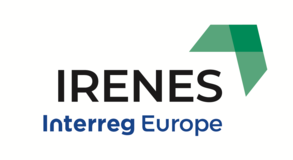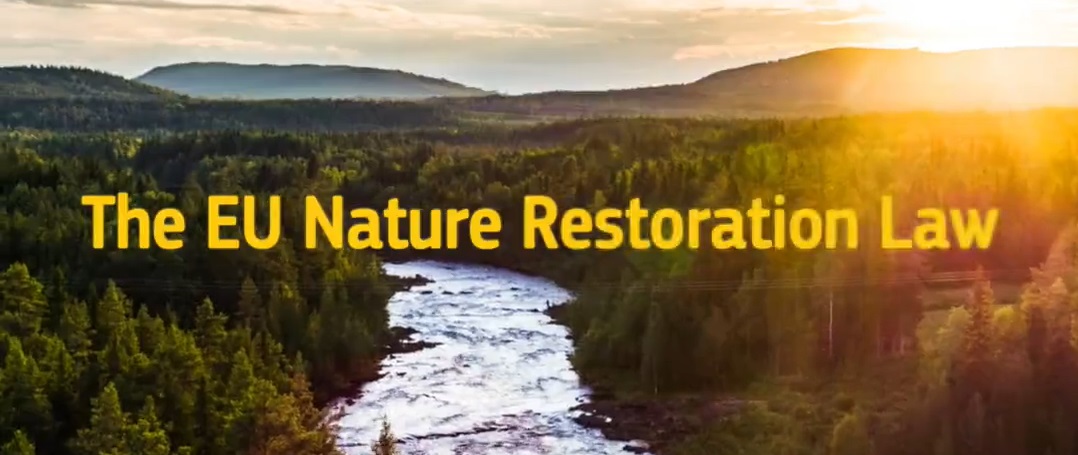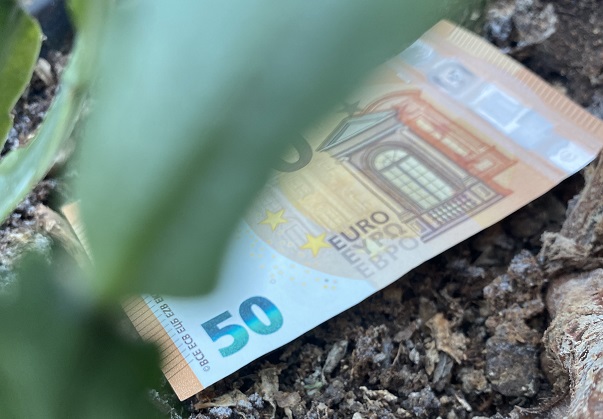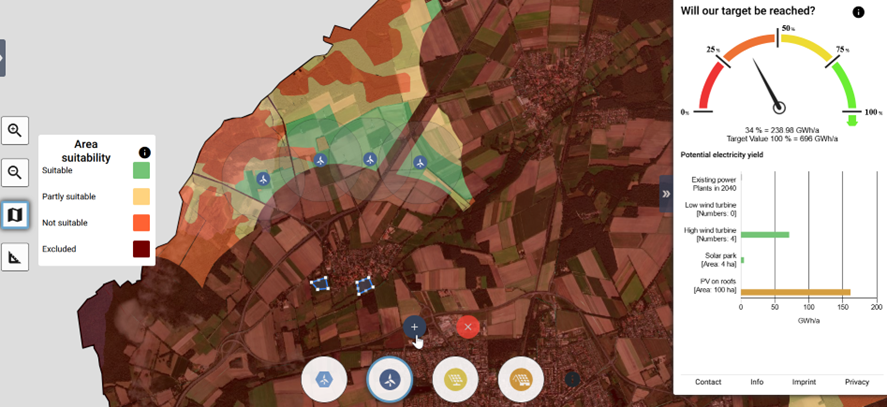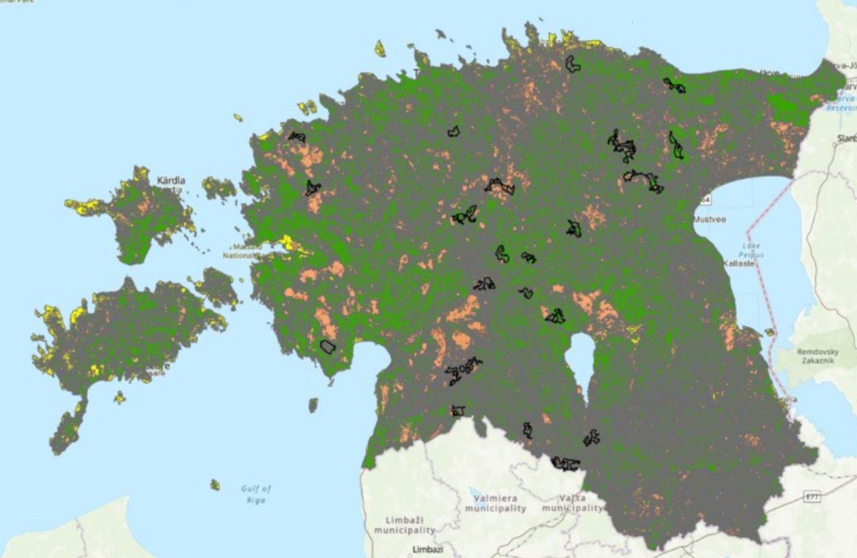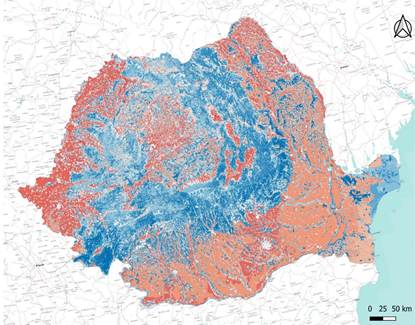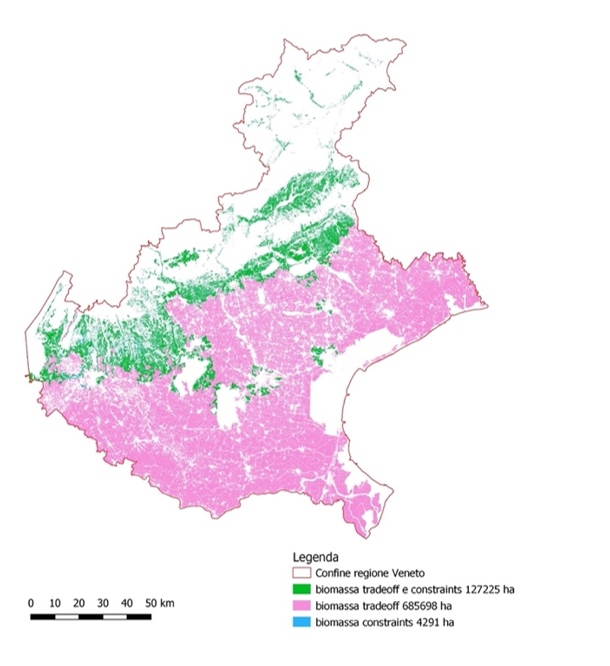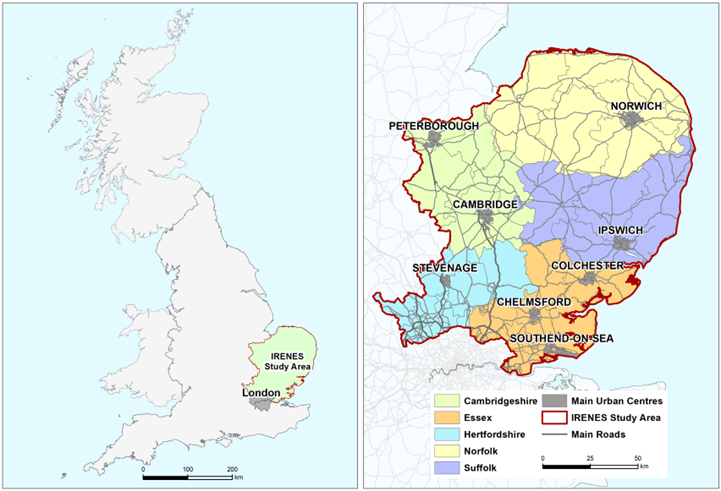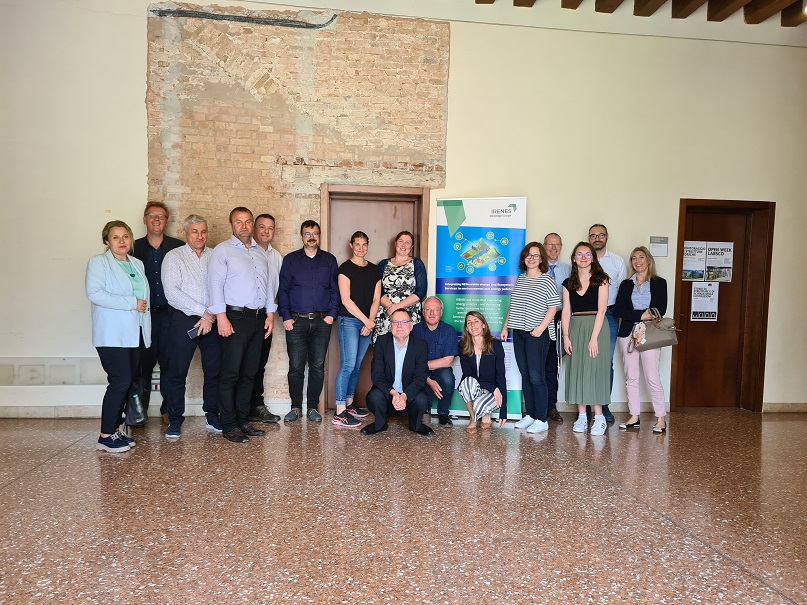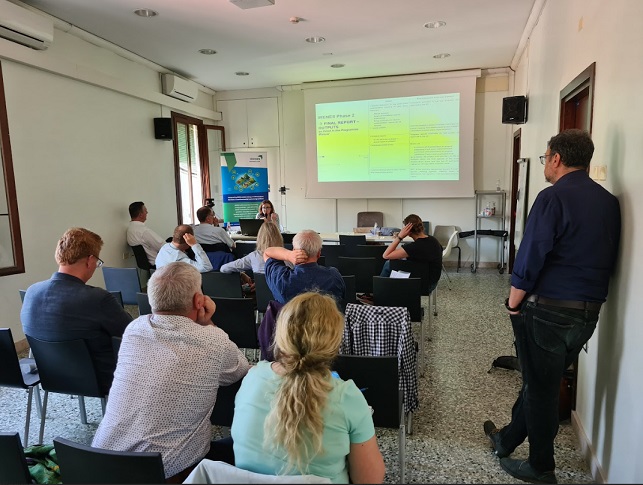Main action envisaged:
Inclusion of IRENES results of the combination of ecosystem services and renewable energies in the new Lower Saxony State Spatial Planning Programme (LROP)
Policy instrument(s) addressed:
Lower Saxony State Spatial Planning Programme (LROP) – the central instrument for spatial planning statewide
Project partners and stakeholders
Climate Protection Agency Hannover Region gGmbH (practical partner)
Leibniz University Hannover, Institute for Environmental Planning (scientific partner)
Lower Saxony Ministry of Food, Agriculture and Consumer Protection; Department 303 - Spatial Planning and Land Use Planning
In the final phase of the project, the status quo of implementing regional energy concepts in the planning regions of Lower Saxony was identified in the first step (Step A). The current implementation of regional energy concepts was analyzed in March 2023.
In a second evaluation step, an online survey was conducted among all regional planning authorities of Lower Saxony in April 2023. The survey evaluated whether the regional energy concepts have been adapted.
Furthermore, in step C, the survey determined whether the regional planning authorities know the guideline for planning solar parks in Lower Saxony as a new informal instrument. In addition, it was investigated whether regional energy concepts are changed due to the guideline and which challenges arise in implementing the guideline.
Evaluation criteria were the year of publication, renewable energy sources considered and adaptations of the regional energy concepts to the LROP (Lower Saxony State Spatial Planning Programme ) changes and the guideline for the planning of solar parks and possible challenges.
Results
In-depth exchange with regional planning authority on human well-being and nature compatible energy transition based on IRENES analysis instruments (shared SWOT, SOTA, renewable energy sources [RES] and ecosystem services [ES] potential map)
Identification and sharing of best practices for RES and ES
changes in the new LROP due to Action Plan implementation for better linkage of RES and ES:
Suitable forests can be used for wind energy in accordance with the Federal Nature Conversation Act
Solar parks can be used on agriculturally used and undeveloped areas
Agricultural photovoltaic can be installed
Regional energy concepts are to be developed.
In the follow-up project "Vision:En 2040", an innovative digital dialogue tool was developed to implement ecosystem services and renewable energy sources locally.
With „Vision:En 2040“ we aim to reduce conflicts and increase the acceptability of RE through a new gamified participation dialogue tool. Vision:En 2040 support informed decision-making and strengthen local responsibility for RE.
In moderated events, participants simulate the allocation of wind and photovoltaic energy plants in their municipality, striving to attain a target electricity yield.
Using gamification elements, the dialog tool shows where renewable energy plants could be placed in a compatible way with people and nature. In the screenshot, you can see that in the lower area of the interface, the four types of turbines are visualized with icons, and if, as in this case, the higher wind turbine is selected, the area suitability classes become visible. On the right-hand side of the screen is a graph showing the extent to which the target electricity yield has been achieved with the placed turbines.
The game’s impact on the participants was evaluated with surveys and qualitative content analysis.
The evaluation results show that the tool can influence the acceptance of the energy transition in terms of attitude. Participants increased their knowledge and found that the tool helped discuss personal preferences. The results indicate that ‘Vison:En 2040' is a useful instrument in informal citizen participation for accelerating the energy transition.
